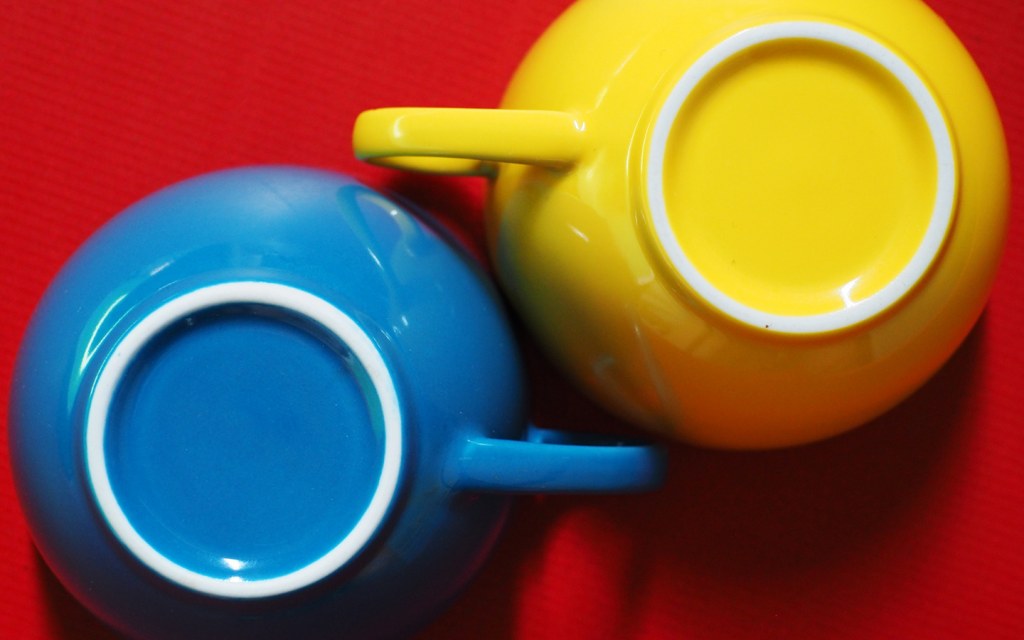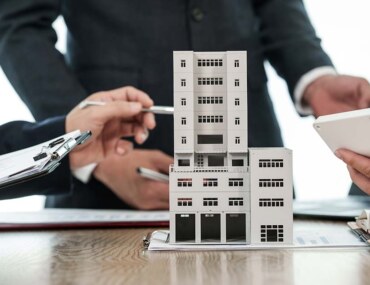We all had this phenomenal experience of walking into a room where we felt a sudden rush of emotions, you might’ve felt happy, sad, mad, or suddenly uneasy, but never figured out why. There is an answer for all that; everything you see, hear, smell, listen to or touch affects you directly. While you might see the interior color of an object as a materialistic optical effect, most scientific studies proved that the way colors are used and represented around you affects your mentality and subconsciousness to a high degree.
So are you looking forward to impressing your guests with an amazing interior décor? Or are you looking for small secrets that will make you understand your inner self and the way you behave towards your surroundings better? Buckle up and hold your breath as we dive into an extraordinary world together!
Basic rules to choose your interior design colors
Types of colors
Let us start by understanding different groups of colors that you can use to get the best modern chic interior decors!
Basic colors

Primary colors or basic colors are the sources of all other colors, they consist of red, blue, and yellow. By mixing those three you can get all the others.
Secondary colors
They consist of green, orange, and purple. You can get those colors by mixing two of the basic colors’ palette.
•Red + Blue = Purple
• Blue + Yellow = Green
• Red + Yellow = Orange
Warm colors

Tones like reds, oranges, and yellows are all considered warm colors, the reason for that is that those tones tend to make you feel warm just like the fierce sun, and they produce long wavelengths.
It is not a great idea to use warm colors in small spaces since they appear to look closer.
Cold colors
Blue and purplish hues are considered cold colors, they tend to have a bitter cold impression that would either make you feel relaxed and euphoric or sad and deep, they also have short wavelengths, which makes the spaces look further away therefore larger.
But is understanding the difference between color sets and types enough? or are there general rules and guidelines you could follow to combine and to create an amazing experience for the users of certain interior spaces?
Well, guess what? there are rules that will make your life so much easier! so keep on reading to know more.
Color wheel rules

Let us start by getting to know an all-time favorite which is the color wheel.
Sir Isaac Newton developed the first circular diagram of colors back in 1666, it only consisted of primary colors back then, the color wheel developed throughout the years to become a basic setting where one can choose based on color harmony “ which is the pleasing arrangement of parts, that creates an inner sense of order”.So you might be wondering now, what is the perfect arrangement you could use based on the color wheel to get a wonderful design that would shock everyone around you?
Analogous Color Scheme
Analogous colors are the ones that sit next to each other on the color wheel, they are the closest and match very well to create a sense of serenity as they are often found in nature, the most important thing you have to pay great attention to when picking such tones is that you have got enough contrast.
Complementary color scheme
Colors that are opposite to each other on the wheel like red and green are called complementary colors. There is a high contrast between them which creates extremely interesting and vibrant designs that you might not believe, these are very tricky to use in large doses but it is a benchmark and a standard when you want a certain piece to stand out.
Triad scheme
Triadic color schemes are evenly spaced around the color wheel in a triangular shape, and they tend to be quite vibrant, for example using the colors purple, green, and orange, this sort of scheme in décor is used in the “Bohemian or boho style” which is quite flamboyant and beautifully patterned, and it is considered a widely used color scheme in interior design.
Percentage rules
60%-30%-10% rule

This rule works when you choose three main colors of the color wheel, let us assume you chose the colors Dark purple, light purple, and yellow which is the complementary color for purple, the colors should be used as follows:
- 60% of dark purple would be used around the room, such as painting walls or floor patterns.
- 30% of light purple should be used around the room, usually, this would be the color of the furniture.
- Last but not least, 10% which Is the sparking contrasting shade of yellow, is to be used when you want anything to pop out in the layout like a painting or lights or a certain piece of furniture.
80%-20% rule

Applying the same basics of the first rule, this one works out when you pick two color shades that are next to each other on the color wheel, like Green and blue
Using one of them in 80% in different tones, and the other to compliment it while adding value and richness to the design.
but is that all? do you only have to follow a certain rule for a successful design or is there more beneath the surface? well, there actually is. the color rules and schemes you have just learned about are only the icings on the cake, the principle that affects your users the most is actually the feelings these certain colors emit, and how it impacts others.
What are the psychological meanings behind colors?

Color, in general, conveys meanings in two ways, either in natural tangible materials, or psychological color symbols, it doesn’t mean that its mind control, it’s rather similarities you find in your subconscious mind between things, as well as a body reaction to the light energy colors submit.
A successful design means you understand how colors communicate together to convey a certain meaning, so let us start by learning the symbolism behind each color:
Red

Red defines strong emotions, it can either express warmth or fear and anger, depending on the hue that is used in the design.
It is the most dominant and dynamic color on the palette since the eye always notices the color red first, if used properly it can create a unique experience, but if done poorly the design would feel overbearing and overwhelming.
This color should be used in areas where energy is needed, such as:
- Family rooms.
- Entertainment spaces.
- Kitchen spaces.
Blue
Blue is the color of calmness, security, confidence, it can be used to express emotions of sadness as well, since it provides feelings of serenity it would make sense to use it in spaces where calmness is needed, such as:
- Bedrooms.
- Bathrooms.
Purple
If black is the king of colors, then you can consider Purple the queen!
Just like blue , purple can be soft and relaxing, particularly pastel purple colors , they are very fun to play with while designing and very unique as well!
This color gives a sense of mystic and royal qualities for sure, if you look back in history you would see that the purple dye trade was centered in the Phoenician city where it was extracted from a species of sea snails called “ Bolinus Brandaris” that is very rare to the point where it was worth the same as gold, ever since then purple was associated with high worth and royalty.
It is best to use it in:
• Bedrooms either majestic main bedroom, or girlish bedrooms.
• Some areas in the living room.
Yellow
This color expresses cheerfulness, radiancy, creativity, and efficiency, therefore it can highlight certain elements without giving the overbearing overwhelming like the red color, therefore it is best to use it in spaces like:
- Children playrooms.
- Living rooms.
- Any space where you want to convey feelings of happiness.
Green
An unusual color for interior use, but it is a soothing calm color that bonds humanity to mother nature, if used poorly, it will appear somehow clinical, but the greatest use of this color would be in:
- Spaces associated with general wellbeing and health, like hospitals, medical care centers, spas, and massages centers.
- Dark green can be used in bedrooms as well, especially the walls facing the windows, as the bright sun reflection on the green color represents nature.
Brown
This color is very connected to earth and nature, the shades of this color are truly versatile and go with a lot of designs and moods.
It can be used in:
- Floor panels.
- Home décor.
- Wooden accessories in the kitchen or living room.
White
White expresses purity and sharpness, it is also considered to be one of the best colors for interior design use as it reflects sunlight greatly, which leads the space to appear much larger.
Black
The king of all colors the one that represents luxury, ultimate power, and strength, black color is best used to:
- In spaces where making a statement is needed.
- Modern ceilings.
- Art pieces that are timeless and chic.
Just like we shape our environment, our environment shapes us as well, you are what you see, and what you see is what you actually are.
We hope that you can use these interesting rules of colors you have learned about above to create extremely innovative decors that no one would have thought of before!
If you really enjoyed this article about the psychology of interior color , why not learn more about the Ramadan decors of 2020? Or read about the best décor paths you could take for this year? or did you try to give your home a new look then miserably failed? read about our interior decor fails,
And so much more on our Bayut KSA blog! Remember that we are always eager to bring new subjects to your table! So, do not forget to follow us through the different channels on social media down below.





